
How to improve business KPIs with Connected Field Service
This article is contributed. See the original author and article here.
Harness the power of the Internet of Things (IoT) to revolutionize your organization’s service delivery with Field Service. Connected field service refers to IoT connected devices sending information about their performance to a field service organization. This allows the field service organization to perform proactive and predictive maintenance for their clients moving from a break-fix model. Instead of the client calling you and saying, “This machine is broken,” you call the client and say, “We see your machine might be performing less than optimally. We will come in later today to service it.” Based on the service alert, the best-suited technician with the right skill and proximity to customer location is dispatched to resolve the issue resulting in reduced asset downtime.
How does connected field service improve your key performance indicators (KPIs), you ask? Let’s discuss seven KPIs that will improve with connected field service.

1. First-time fix rate
This is an important field service KPI related to customer experience. According to Aberdeen, the average first-time fix rate for an organization is around 75 percent.1 That means three out of four service calls are resolved on the first visit by a technician. With connected field service, you notify the customer when things need to be fixed or adjusted. You can funnel information about the problem, as well as customer information, to a technician in real time, and the technician arrives on-site with all relevant customer history.
First-time fix rates remain consistently high in connected field service organizations. This improves customer experience, which increases retention and referral in most organizations. Keeping your customers informed throughout the resolution process builds confidence and trust and leads to improved customer satisfaction and loyalty. More importantly, customers want their problems fixed the first time to minimize disruption.
2. Customer retention
This is a standard field service KPI. Think about it along these lines: there is a cost for most of your clients to switch to a different field service provider. They need to do a lot of research, break your contract, initiate a new contract, and so on. In a predictive maintenance context, customer retention tends to be very high because equipment malfunctions are addressed even before customers have the chance to call it in. Remote monitoring of IoT devices enables organizations to enhance their responsiveness to customer needs. With continuous monitoring, you can quickly detect issues and notify customers about service disruptions or necessary actions. Keeping your customers informed throughout the resolution process builds confidence and trust and leads to improved customer satisfaction and loyalty. By using Connected Field Service, the client has “one less thing to worry about,” and they are not likely to walk away from those contracts.
3. Percentage of billable hours
Percentage of billable hours is a measure of productivity because it refers to the percentage of time your technicians are doing work that is directly billable to a client. For productivity to increase on the technician side, technicians need tools, guidance, and data they can pull up in real time. Percentage of billable hours typically drops when technicians need to spend a large portion of time on non-essential, more logistical business tasks. When all the resources are transparent within the same customer relationship management (CRM) system—which happens at the intersection of the cloud, IoT, and connected field service—technicians’ time becomes more productive.
4. Completed vs. invoiced jobs
This KPI goes right to your revenue stream, as you typically cannot get paid for a job without invoicing it. You are looking for integrative, intelligence-driven solutions whereby customer information is “speaking” directly to invoicing within your CRM. The goal is to create a seamless loop for the client: you solve a problem they were not even aware of by using information from connected devices, and once the problem is solved, the invoice arrives ready to go. There are no lags. Connected field service can help keep your financials consistent.
5. Cost reduction
IoT-powered Field Service enables organizations to streamline their operations and reduce costs. Remote monitoring and predictive maintenance reduce the need for frequent physical inspections and unnecessary maintenance visits, resulting in efficient resource utilization and reduced operational expenses. Proactive problem diagnosis and maintenance prevent major breakdowns and extensive repairs. Prevented issues lead to cost savings by minimizing downtime, eliminating emergency service calls, and optimizing resource allocation.
6. Employee retention
Customer retention is crucial to your bottom line, yes, but employee retention is a good measure of how functional your organization is in terms of leadership, managers, and processes. One of the core issues when employees leave any field service organization is lack of communication and collaboration; connected field service can help solve collaboration problems by allowing everyone in your organization open access to the same sets of resources and data. (You can restrict some access to the most senior levels, too.) If employees feel like a valuable part of the business, they are less likely to leave.
7. Resource allocation
With device data and service maintenance information gathered through IoT, organizations can make informed decisions when dispatching technicians. Factors such as device performance data, historical maintenance records, technician expertise, availability, and proximity help to optimize resource allocation. Assigning the right technician with the appropriate skills and proximity to the job ensures efficient service delivery and reduces response and resolution times.
Learn more about connected field service
Connected Field Service can impact almost any KPI. This is a look at seven of them, but there’s more to explore—learn how Dynamics 365 Field Service can help you deliver exceptional service.
Sources
1The Numbers Behind First-Time Fix Rates You Should Know About, Fieldpoint.
The post How to improve business KPIs with Connected Field Service appeared first on Microsoft Dynamics 365 Blog.
Brought to you by Dr. Ware, Microsoft Office 365 Silver Partner, Charleston SC.


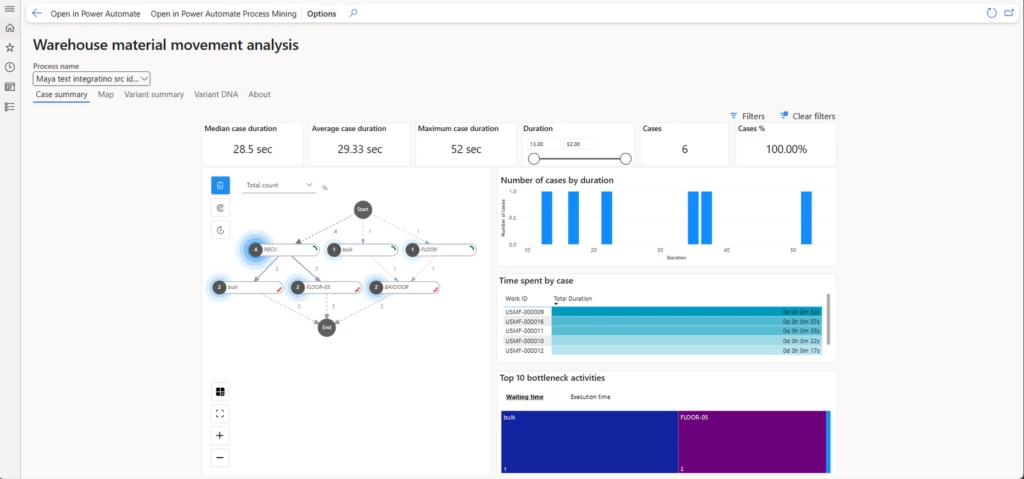
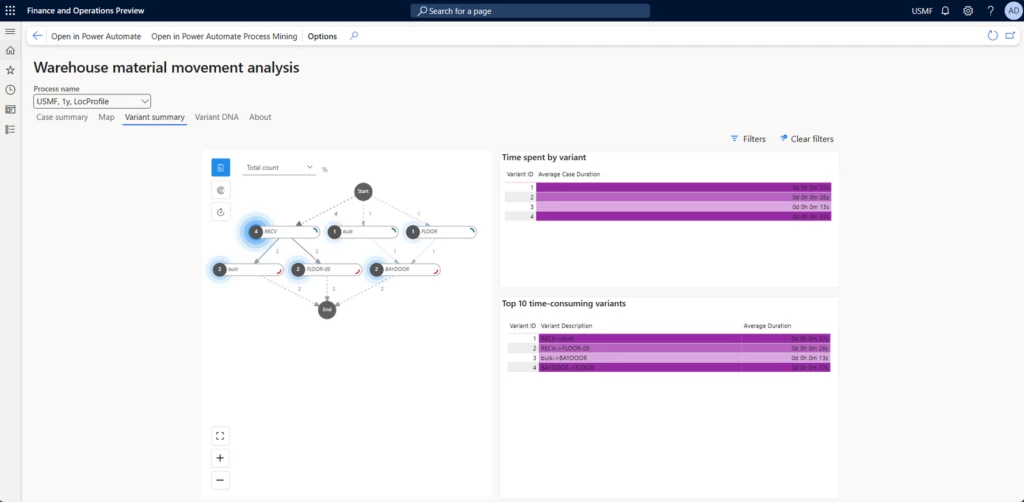
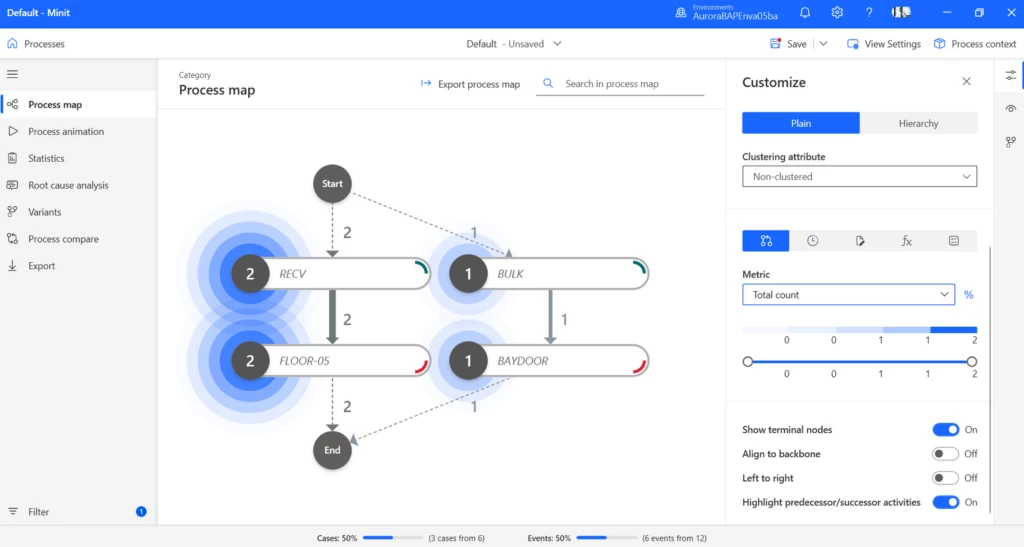
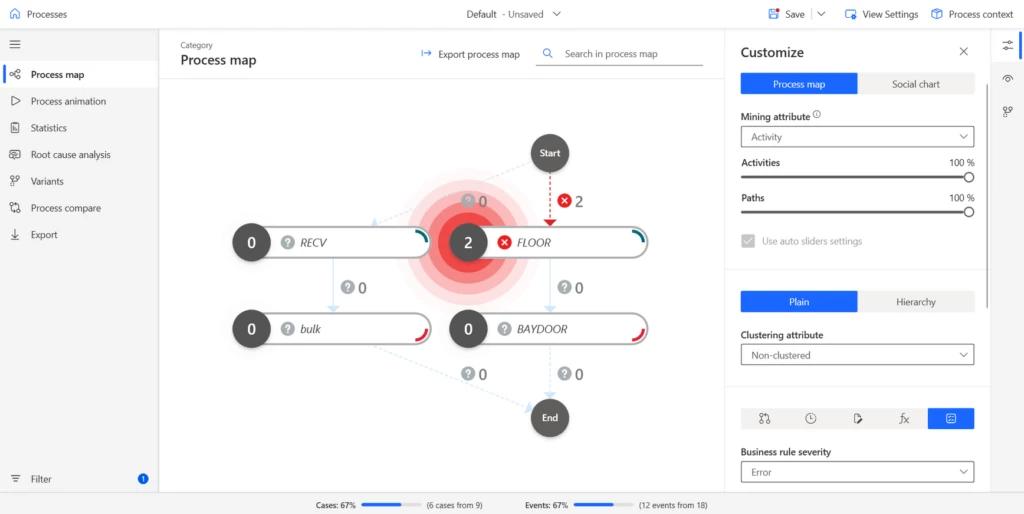

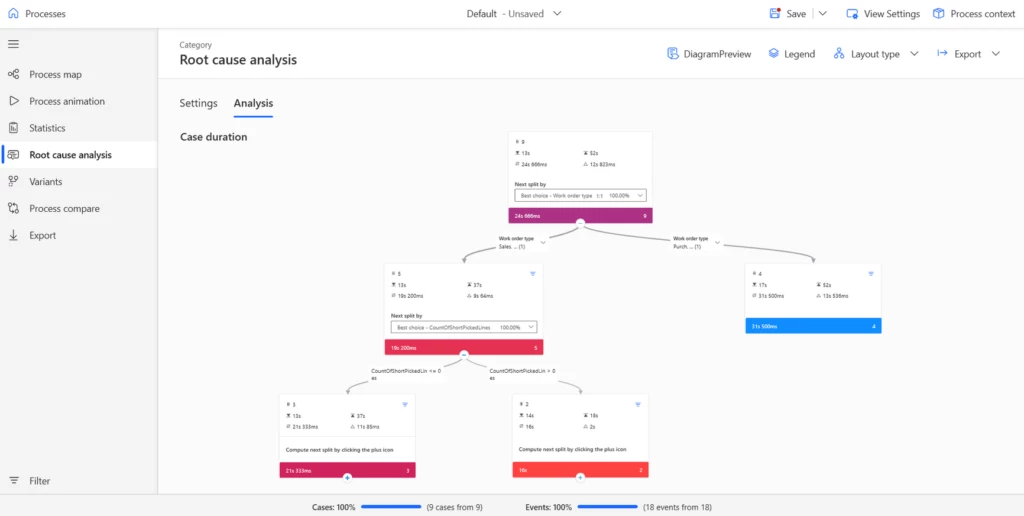




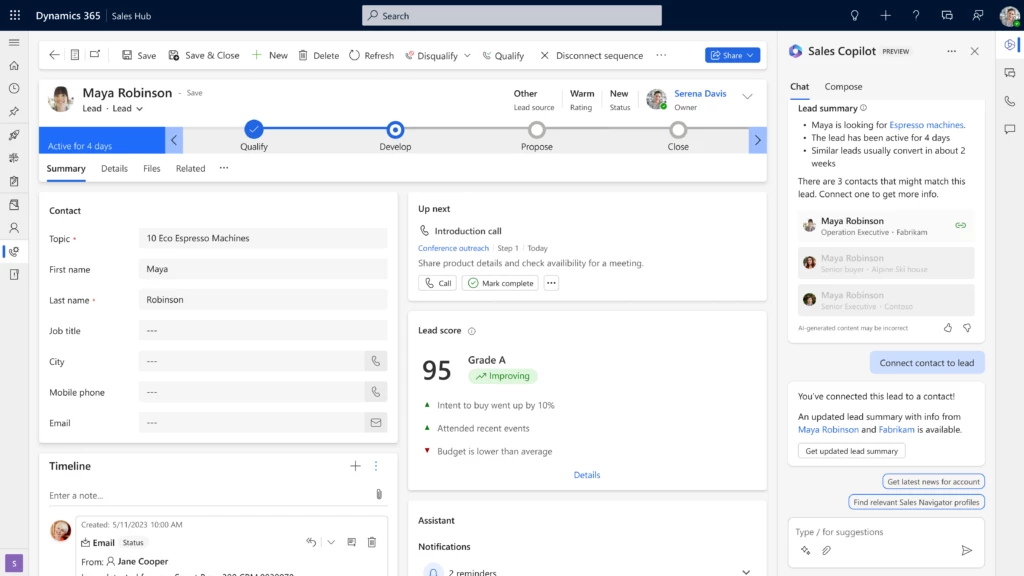
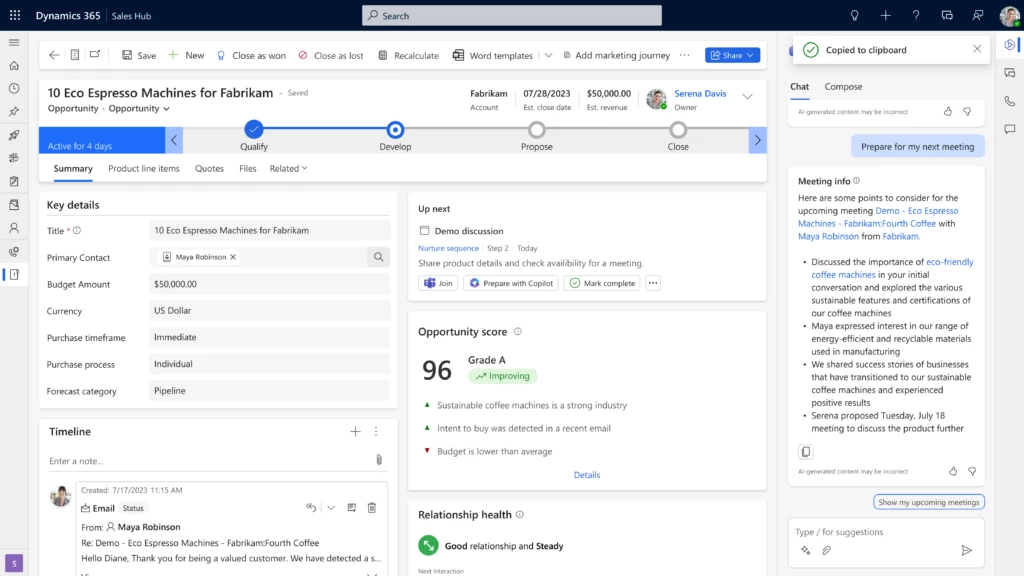
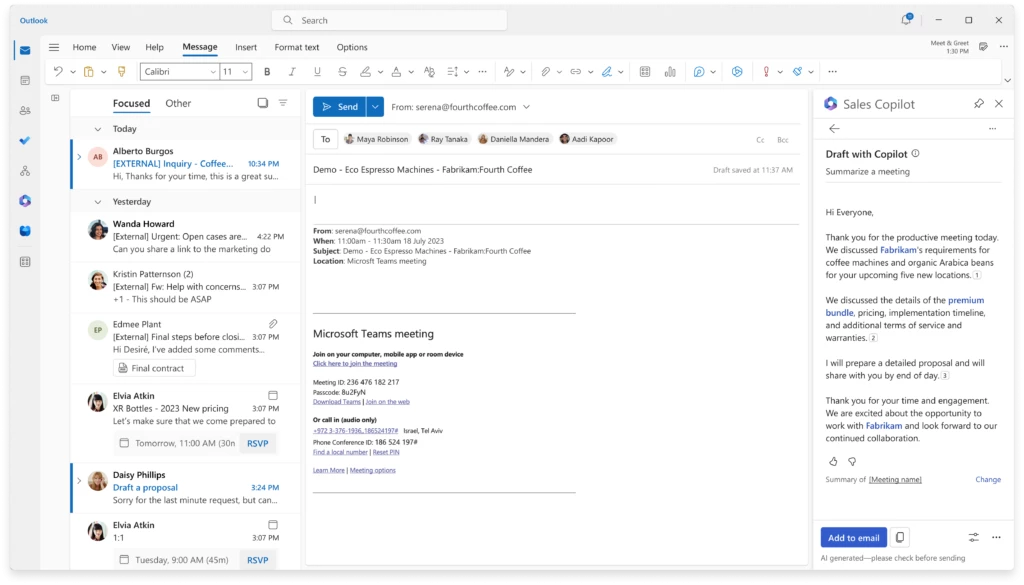
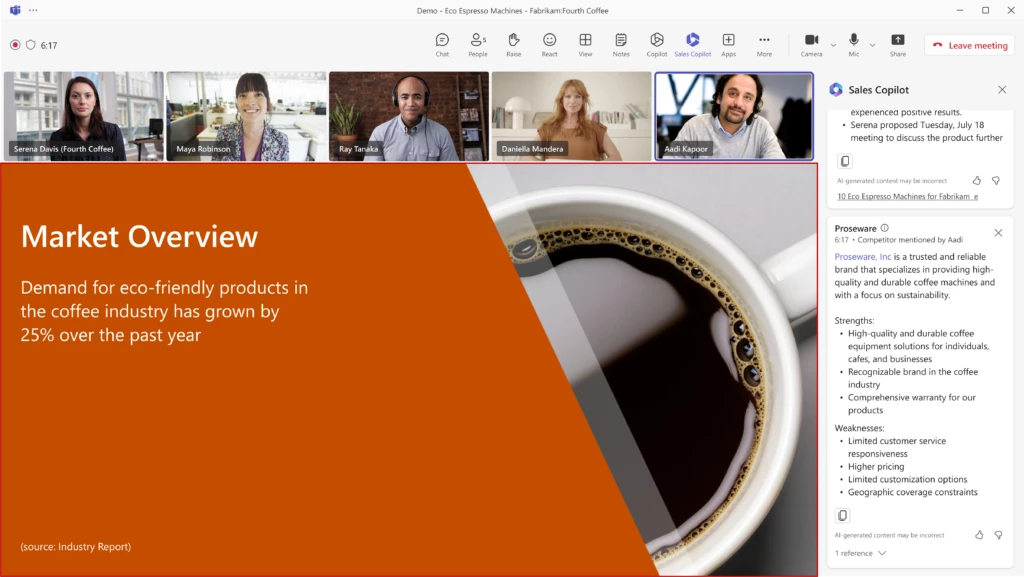
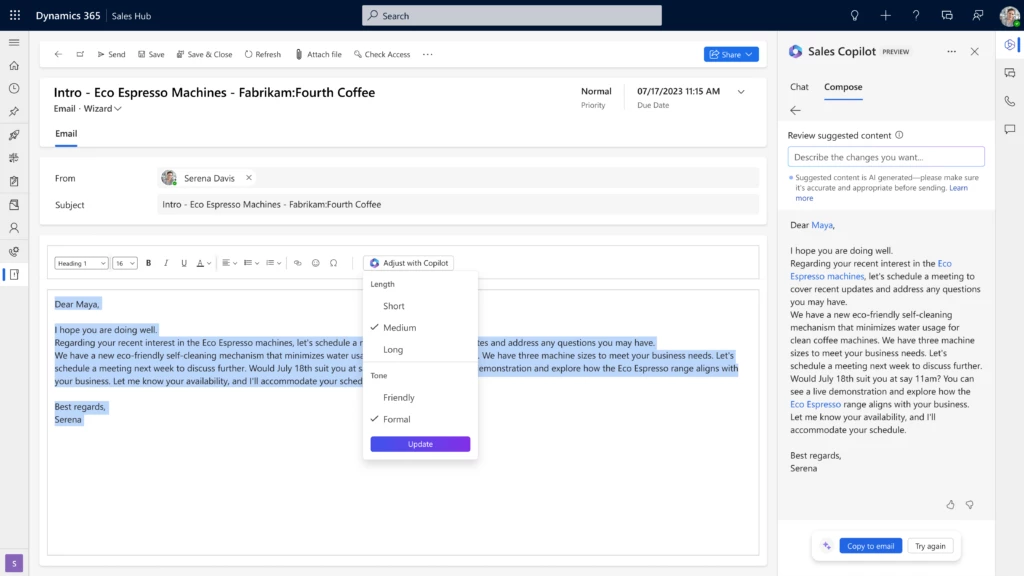

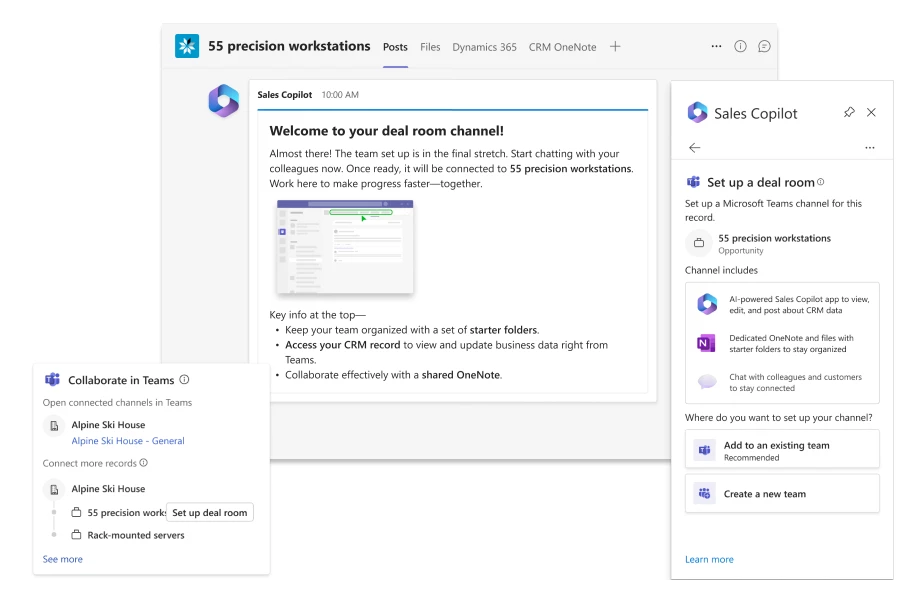



Recent Comments